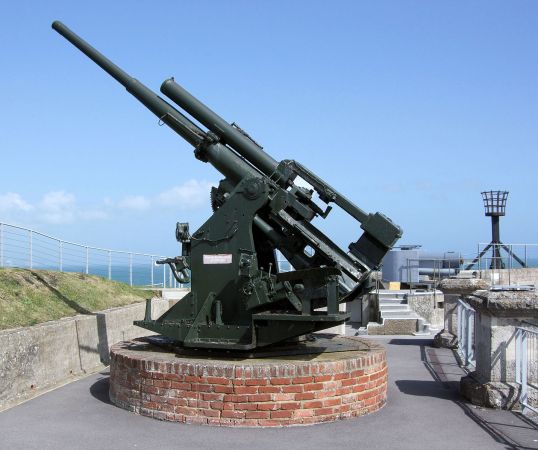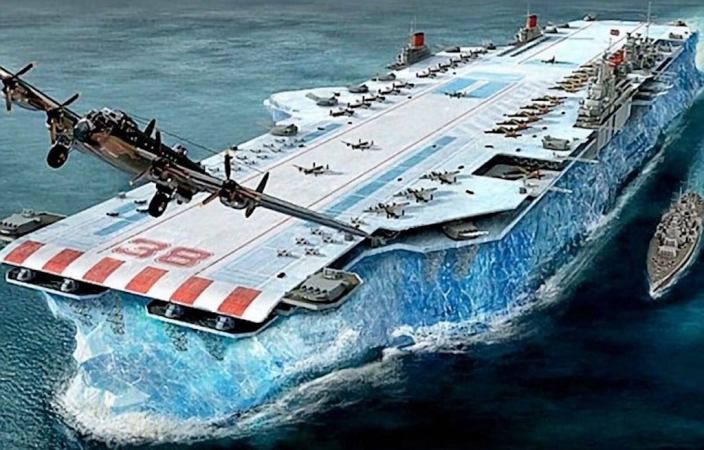U.S. Navy aircraft carriers are a dominant presence in waters around the world, and interestingly enough, the Air Force once tried to make a flying version.
During World War II, bomber aircraft could fly thousands of miles to their targets, unlike gas-guzzling fighters, which had much shorter ranges. This was a big problem for bombers, since they were sitting ducks without fighter escorts.
After the war — amid the beginnings of the Cold War and the rise of long-range strategic bombers — Air Force Maj. Clarence “Bud” Anderson began testing a coupling system on a C-47 Skytrain in 1949, according to The Dakota Hunter. Using a lance on the wingtip, the World War II ace successfully connected with the ring mounted on a C-47.
From the book “Flying Aircraft Carriers of the USAF: Wing Tip Coupling”:
In short order Anderson acquired confidence in his ability to make the link-up and maintain the proper attitude in coupled flight. He found that it was easy to accomplish the coupling in less than half a minute. Once the lance was lined up with the coupling ring, a small decrease in throttle setting was adequate to decelerate the Q-14B and engage the coupling mechanism.
The testing became known as Project FICON (Fighter Conveyer) during the 1950s. The goal was ambitious: Get fighters linked up to the larger aircraft, turn off the engines, refuel, and enjoy the ride. And if the enemy showed up, delink and defend the bomber.

The project sounded simple, but it was far from it. In a disastrous setback during a test hookup between a B-29 and an F-84 in 1953, the smaller fighter flipped over onto the bomber’s wing right after both connected, and both planes crashed and killed everyone on board.
The tests still continued despite other mishaps. But the project was eventually canceled due to other technological advances that made the concept of a “flying aircraft carrier” obsolete. Instead of a large aircraft towing around smaller ones on its wingtips, the Air Force debuted the KC-97 Stratofreighter in 1951, which used a “flying boom” to transfer fuel to smaller fighters.

The KC-97 has since been retired, but the Boeing KC-135 Stratotanker is still in service today, extending the range of all types of U.S. aircraft.










